A The drovers’ caboose was a unique part of American railroading tied to the shipment of livestock such as cattle and sheep. In 1906 Congress passed a law that required the feeding and watering of livestock on trains every 28 hours. Since most such shipment took longer than that, the railroads had to carry drovers, men who handled the livestock, along with those trains to comply with the law.
The drovers’ caboose was much longer than a typical caboose, because it served not only the train crew, but also the drovers assigned to watch after the livestock in shipment from the ranch to the processing plants. These cabooses had two separate sections. The rear section was the standard railroad crew portion with cooking and sleeping accommodations as well as the cupola or bay window. The front section was reserved for the livestock drovers.
These cabooses appeared usually in stock trains where the entire train was made up of livestock cars. They were also used on occasion when large shipments of livestock were mixed in with other freight. The drovers’ cabooses were always kept on the rear of the train since the cars’ primary purpose was still to serve as quarters for the conductor and brakemen and only secondarily as quarters for the drovers. – Martin E. Hansen





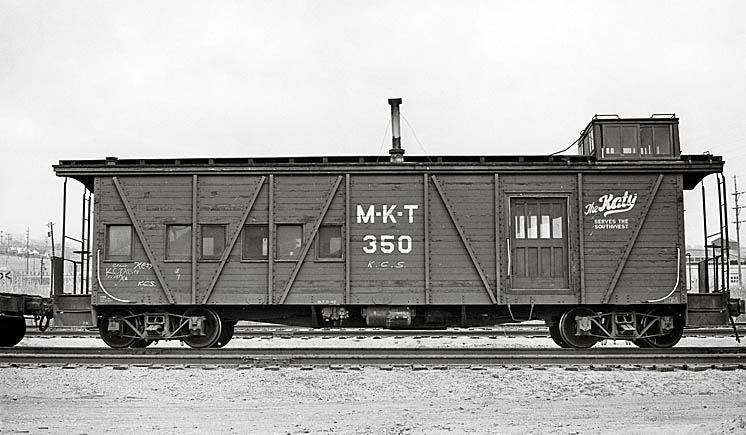

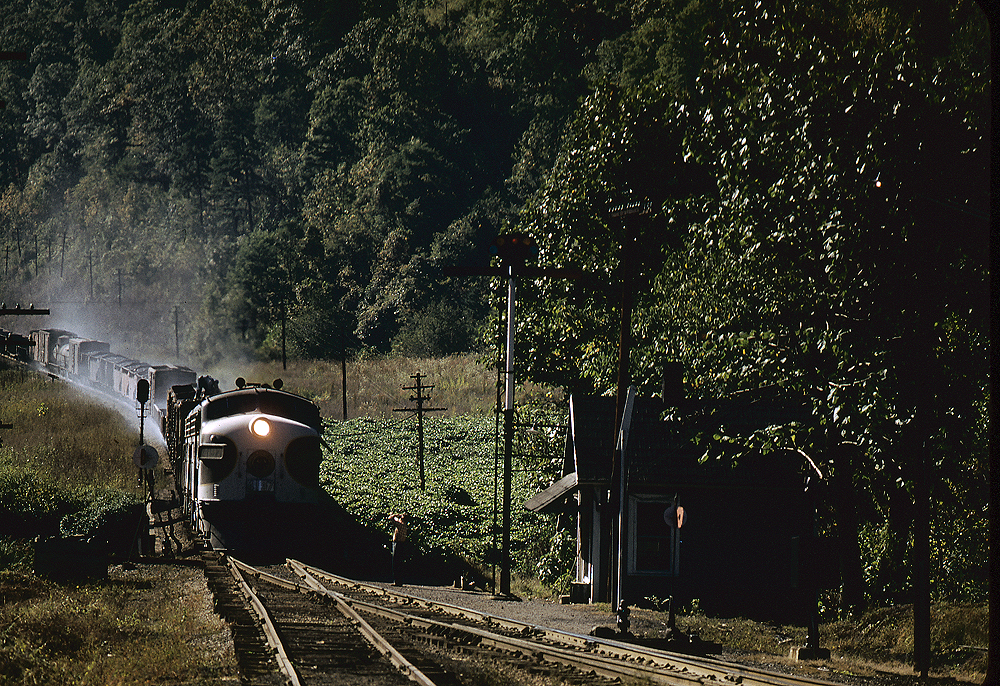
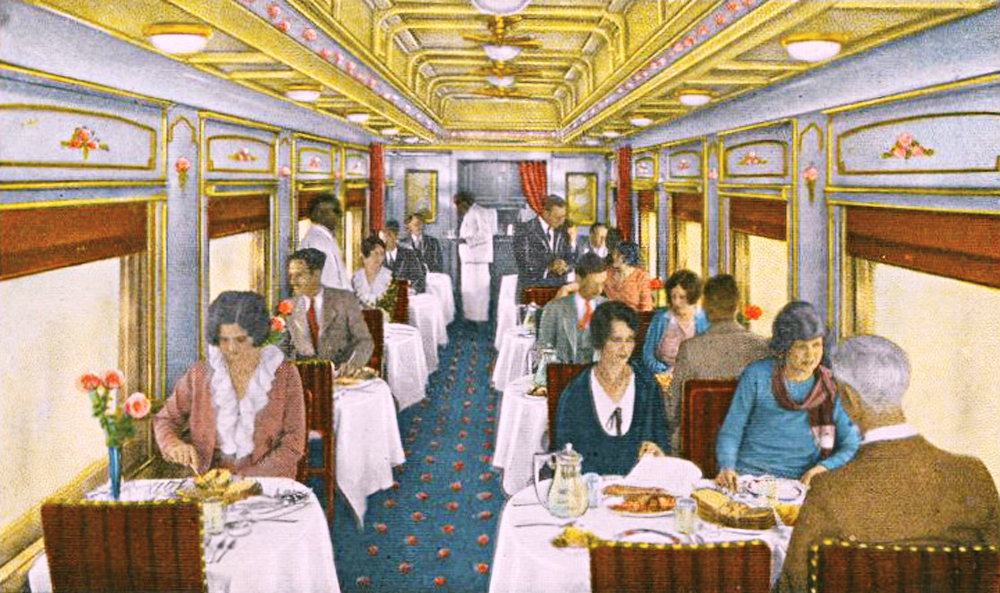
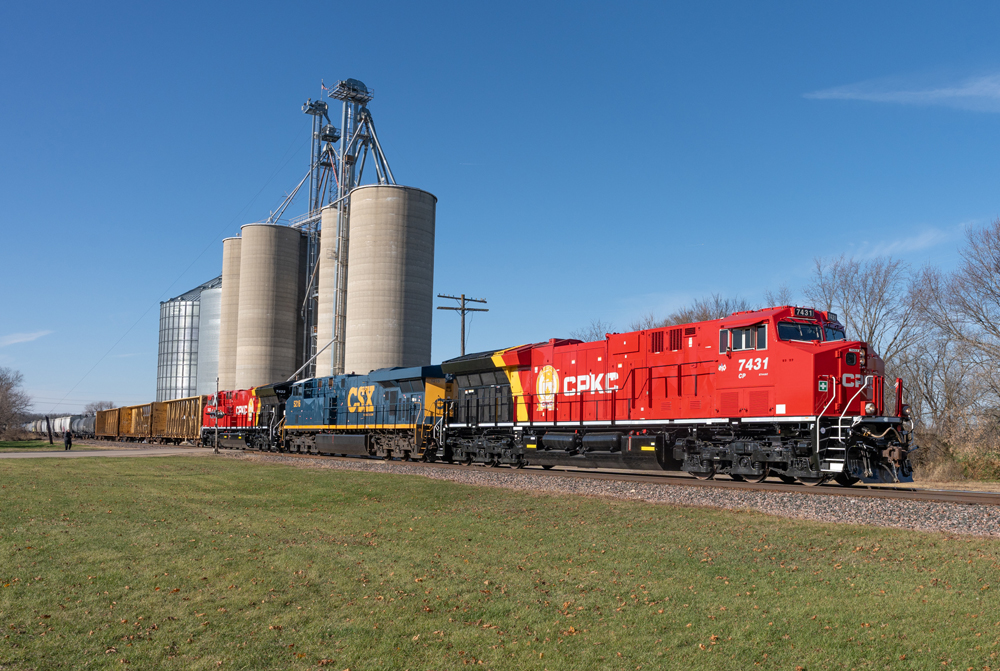
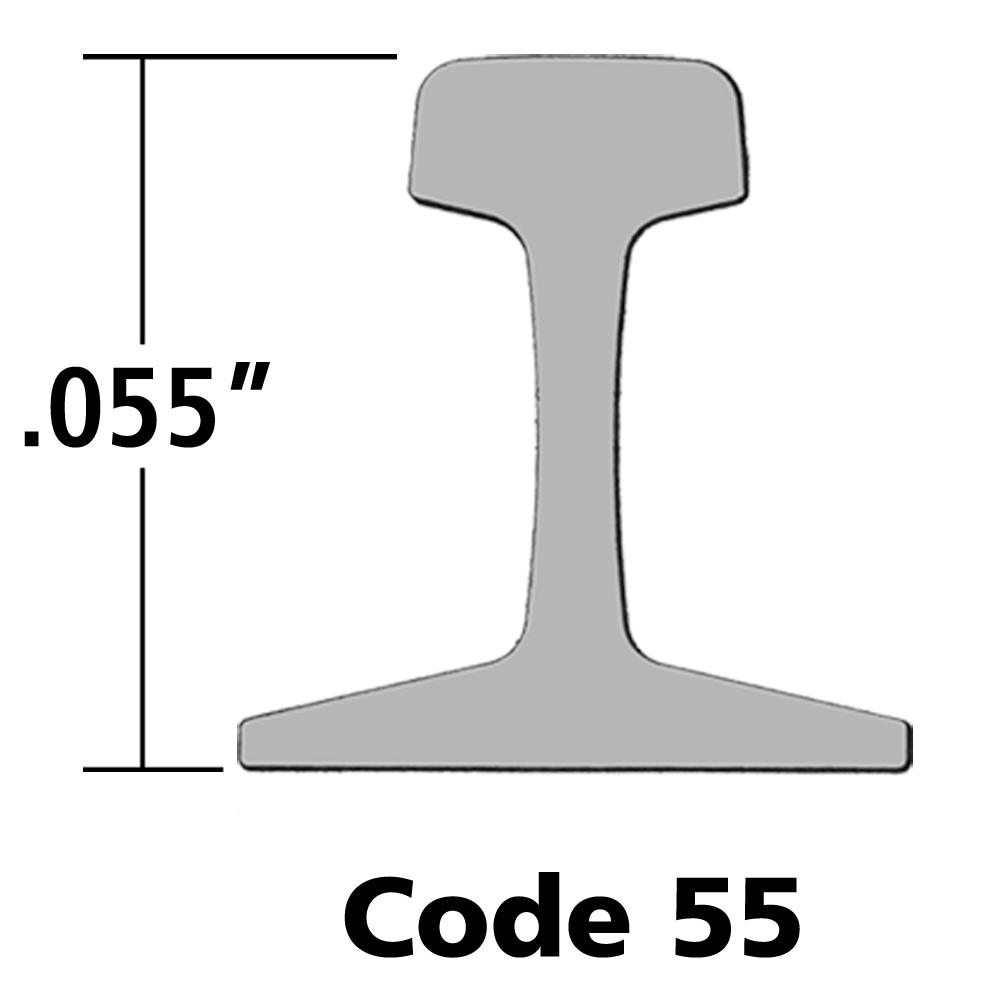




Some railroads used old passenger cars for drovers that were separate from the caboose.
As a boy, I heard old farmers talk of riding the caboose to Chicago. They traveled to the stockyards with their livestock shipment, collected the proceeds from the sale and ride home on a scheduled passenger train.
Why does the 350 have KCS in small letters under M-K-T 350?
Interesting….thank you